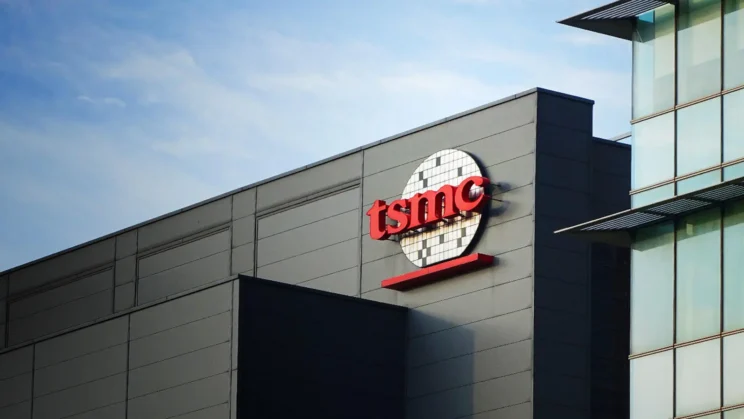Taiwan Semiconductor Manufacturing Company (TSMC), known for its close relationship with Apple, is potentially delaying its move to 2nm chip production, according to a report from TechNews.tw. The foundry, which was initially set to begin 2nm production in 2025, might now shift this timeline to 2026.
TSMC successfully transitioned to the N3B 3nm process node mostly for Apple’s A17 Pro chip, which powers the iPhone 15 Pro and Pro Max. The yield from this transition reportedly sits at 70%, an impressive number for the first year of a new process node. TSMC’s 3nm process has been exclusive for Apple’s chips, placing all the risk on TSMC as part of a “sweetheart deal” with Apple.
Moving to 2nm is a pivotal milestone for TSMC because this node will replace the existing FinFET transistors with Gate-all-around (GAA) technology, which offers advantages like reduced current leakage and lower energy consumption. Samsung Foundry already utilizes GAA in its 3nm process. However, TSMC will debut its GAA technology in the 2nm process.
A report states that TSMC has slowed down on building one of the necessary facilities for 2nm production due to “an overall slowdown in demand for semiconductors.” However, TSMC has denied these claims. This development could open a window of opportunity for Samsung Foundry, which is still on track for 2nm production in 2025.
Another player to watch is Intel, planning to introduce backside power delivery, known as Power Via, next year. This could enhance the power and performance of its chips. TSMC is also expected to incorporate this feature into its 2nm chips, although likely after its first generation of 2nm production. Samsung Foundry is also looking to integrate this feature by 2026 and aims for 1.4nm production in 2027.
Intel is a company to keep an eye on as it could potentially lead the process technology sector by 2025 with its 18A node (1.8nm). As the semiconductor industry prepares for the next significant steps, it is essential to observe and take note of these unfolding developments.

